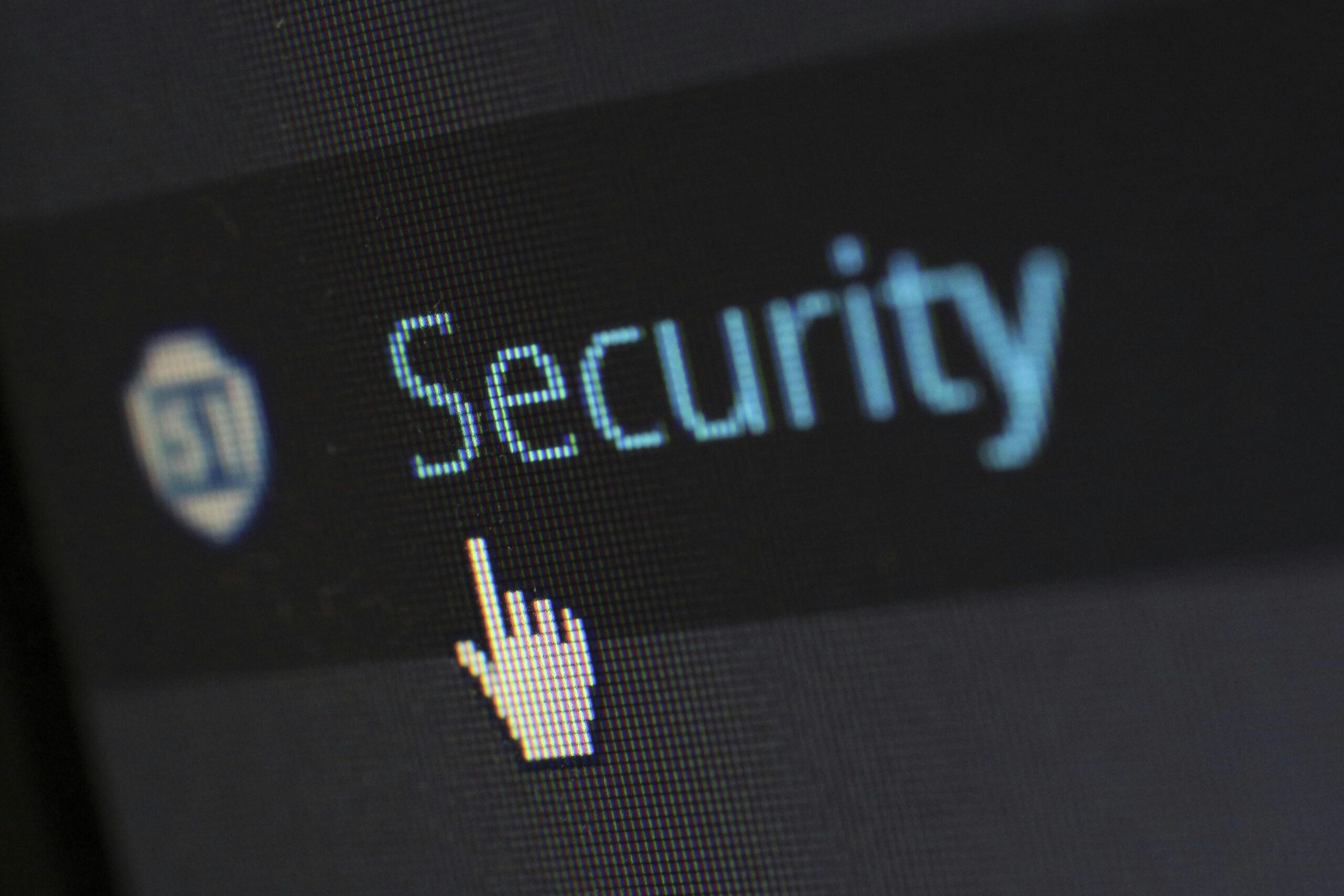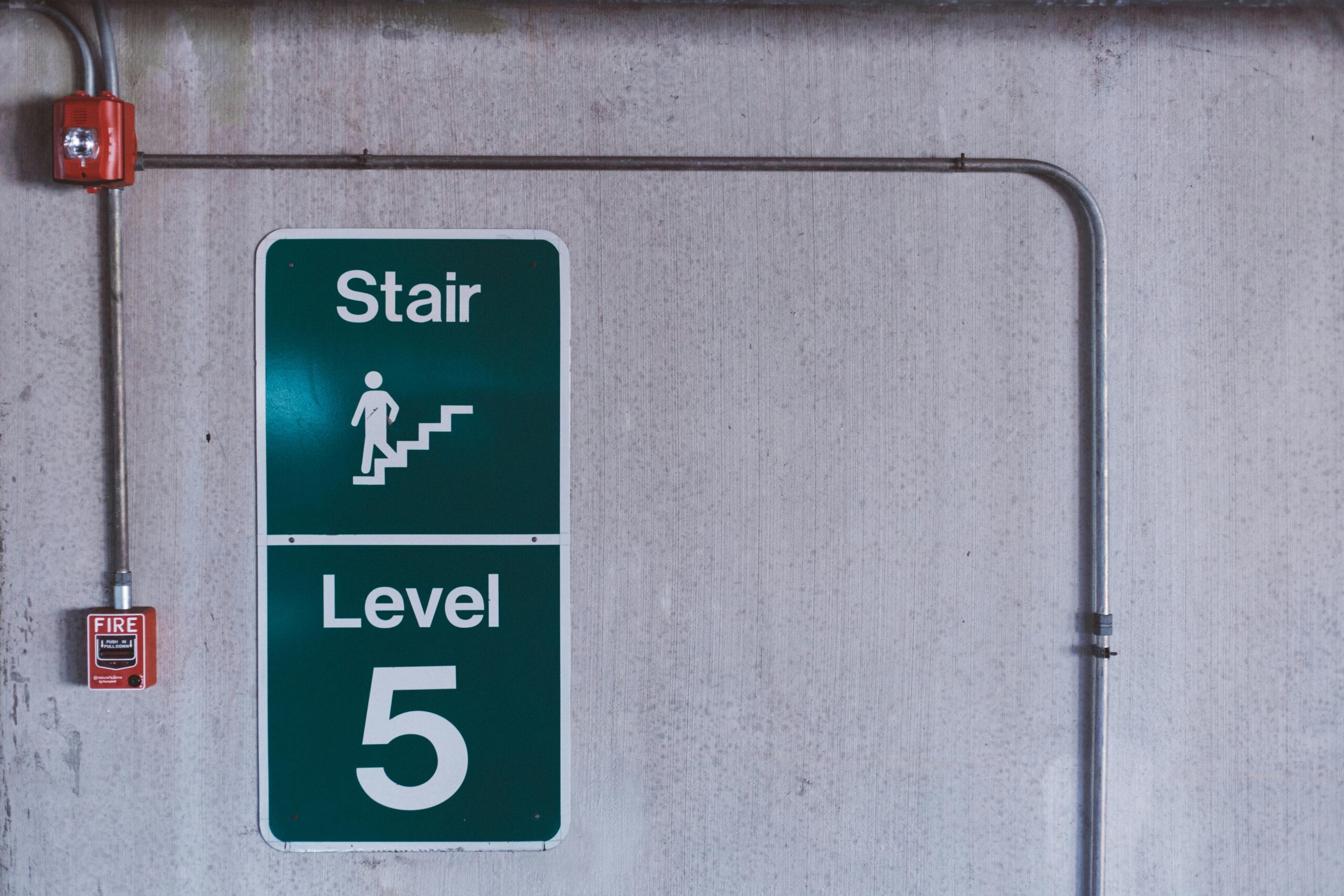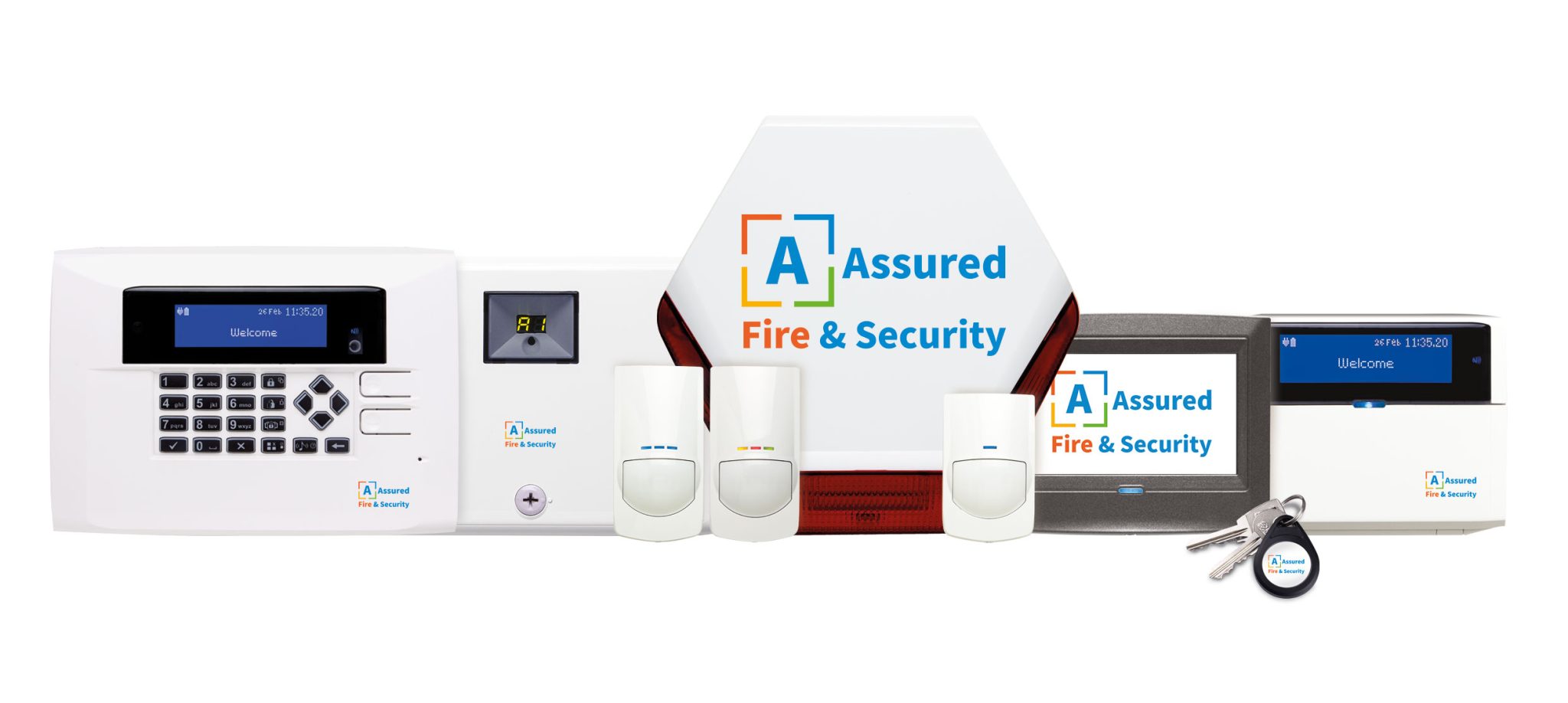Emergency lighting and signage play a critical role in maintaining safety during unexpected power outages, guiding occupants safely out of buildings and ensuring compliance with UK fire safety regulations.
Effective emergency lighting is not just a legal requirement, it’s essential for safeguarding lives during an emergency.
This article explores the importance of this safety feature, its function in evacuation procedures, and how businesses can implement reliable systems.
Why is Emergency Lighting Important?
During power outages or emergencies, confusion and panic can quickly set in, especially if visibility is limited. These systems can:
- Provide illumination in critical areas such as escape routes, stairwells, and exits.
- Help occupants swiftly navigate to safety.
- Ensure emergency procedures can be carried out effectively.
- Comply with building and fire safety regulations.
Types of Emergency Lighting
Escape Route Lighting
Designed to clearly mark and illuminate escape routes, this type of lighting ensures that occupants can find the safest and fastest way out of a building during an emergency.
Open Area Lighting
Also known as anti-panic lighting, it illuminates large spaces to minimise panic, enabling occupants to reach an escape route safely.
High-Risk Task Area Lighting
Used in areas where hazardous processes occur, allowing staff to safely shut down equipment or carry out necessary emergency procedures before evacuation.
Standby Lighting
Provides backup illumination for critical functions and services, allowing normal activities to continue briefly or safely cease.
Implementing Effective Emergency Lighting
Identify Critical Areas
Conduct a risk assessment to determine the areas that need emergency lighting. Focus on evacuation routes, stairways, changes in floor level, and high-risk zones.
Professional Installation
Ensure your systems are professionally designed and installed according to regulatory standards to provide optimal coverage and reliability.
Regular Testing and Maintenance
Routine testing is vital to ensure systems remain operational. Common tests include:
- Monthly short-duration tests to check functionality.
- Annual full-duration tests simulate complete power outages.
Maintain clear records of all tests and maintenance activities.
Battery and Backup Power Considerations
Emergency lights rely on independent battery power. Regularly check and replace batteries as needed to ensure they will function correctly during an outage.
Legal Requirements and Compliance
Businesses must adhere to specific regulations relating to emergency lighting, primarily governed by the Regulatory Reform (Fire Safety) Order 2005 in the UK. Compliance includes:
- Adequate lighting coverage.
- Clearly marked emergency exit routes.
- Regular testing and proper documentation.
Emergency lighting is a crucial component of any business’s safety strategy, ensuring occupants can safely evacuate during power outages or emergencies. By implementing comprehensive systems and maintaining regular testing protocols, businesses can significantly enhance safety, reduce risks, and meet essential compliance standards.
For professional guidance and installation, contact our expert team at Assured Fire & Security today.



